I'm plugging TV signal cable directly into an oscilloscope. TV cable looks like this:

First I connected outer shell of TV cable connector to GND of oscilloscope BNC cable and center to the center of BNC cable and observed no signal as shown in this little video: https://www.youtube.com/watch?v=QZ4LjM1p2pA&feature=youtu.be
And then I connected 'only' the center of TV connector to center of the oscılloscope's BNC cable and I observed many signals fluctuating with a maximum around 20V. And when I adjust trigger level I see only 1 signal. Here is the little video recording: https://www.youtube.com/watch?v=tET0UnLCc04&feature=youtu.be
I'm confused at 2 points:
1) Isn't any signal must be in a loop? Why I see no voltage when I connect inner and outer shell as in 1st video. And why I see a signal when I only connect the center to the center or oscilloscope? I mean to me it is like reading voltage from a voltmeter by only connecting 1 pole of a battery. I couldn't figure out why it is like that here..
2) Why am I seeing many signals (in 2nd video) and when I trigger I see only 1 signal? I couldn't show in the video but when I change the time scale I see a kind of sinusoid as well. Is that the carrier signal?
BTW the scope I'm using is an analog 10 MHz Oscilloscope.